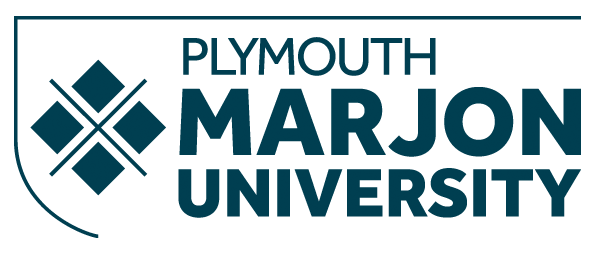Removal of Organic Pollution in Water Environment
Language: English Publication details: MDPI - Multidisciplinary Digital Publishing Institute 2019Description: 1 electronic resource (154 p.)ISBN:- books978-3-03921-841-7
- 9783039218400
- 9783039218417
- photodegradation
- emerging organic contaminants
- salicylic acid
- biosorption
- doxazosin maleate
- boron-doped diamond electrode
- sulfasalazine
- continuous liquid–liquid extraction
- water environment
- electrochemical degradation
- chlorinated intermediates
- isotherm adsorption models
- water
- pollutants
- sediment
- ultrasound-assisted emulsification microextraction
- emerging contaminants
- electrochemical oxidation
- selective sorbent
- water remediation
- HPLC-UV
- sulfate radical
- boron doped diamond
- nickel aluminate
- advanced oxidation processes
- chemical oxygen demand
- hormones
- liquid-liquid continuous extraction
- organic pollutant
- run-off water
- DFT study
- biocides
- DLLME-SFO
- precious metals
- budesonide
- solidification of floating organic droplet
- flame retardants
- wastewater purification
- graphene quantum dots
- PBDE
- disinfection by-products
- 1-undecanol
- photocatalysis
- total petroleum hydrocarbon
- gas chromatography-mass spectrometry
- EOCs determination
- environmental samples
- groundwater
- fractional distillation
- spinel
- hydroxyl radical
- removal of organic compounds
- Guarani aquifer
- density functional theory
- persistent organic pollutants
- hydroxyl radicals
Open Access star Unrestricted online access
The development of civilization entails a growing demand for consumer goods. A side effect of the production and use of these materials is the production of solid waste and wastewater. Municipal and industrial wastewater usually contains a large amount of various organic compounds and is the main source of pollution of the aquatic environment. Therefore, the search for effective methods of wastewater and other polluted water treatment is an important element of caring for the natural environment. This book presents research on the determination and removal of environmentally hazardous organic compounds from aqueous samples. The articles included in this book describe the results of examinations, at the laboratory scale, of the efficiency of chemical as well as physical processes for the removal or degradation of selected model pollutants. Environmental studies, especially those concerning the determination of trace impurities, require effective isolation and concentration procedures. The methods used for this purpose should meet the requirements of green chemistry. The liquid phase microextraction procedures and use of electrochemical methods described in this book seem to be proper for environmental studies, as they are effective and environmentally friendly.
Creative Commons https://creativecommons.org/licenses/by-nc-nd/4.0/ cc https://creativecommons.org/licenses/by-nc-nd/4.0/
English
